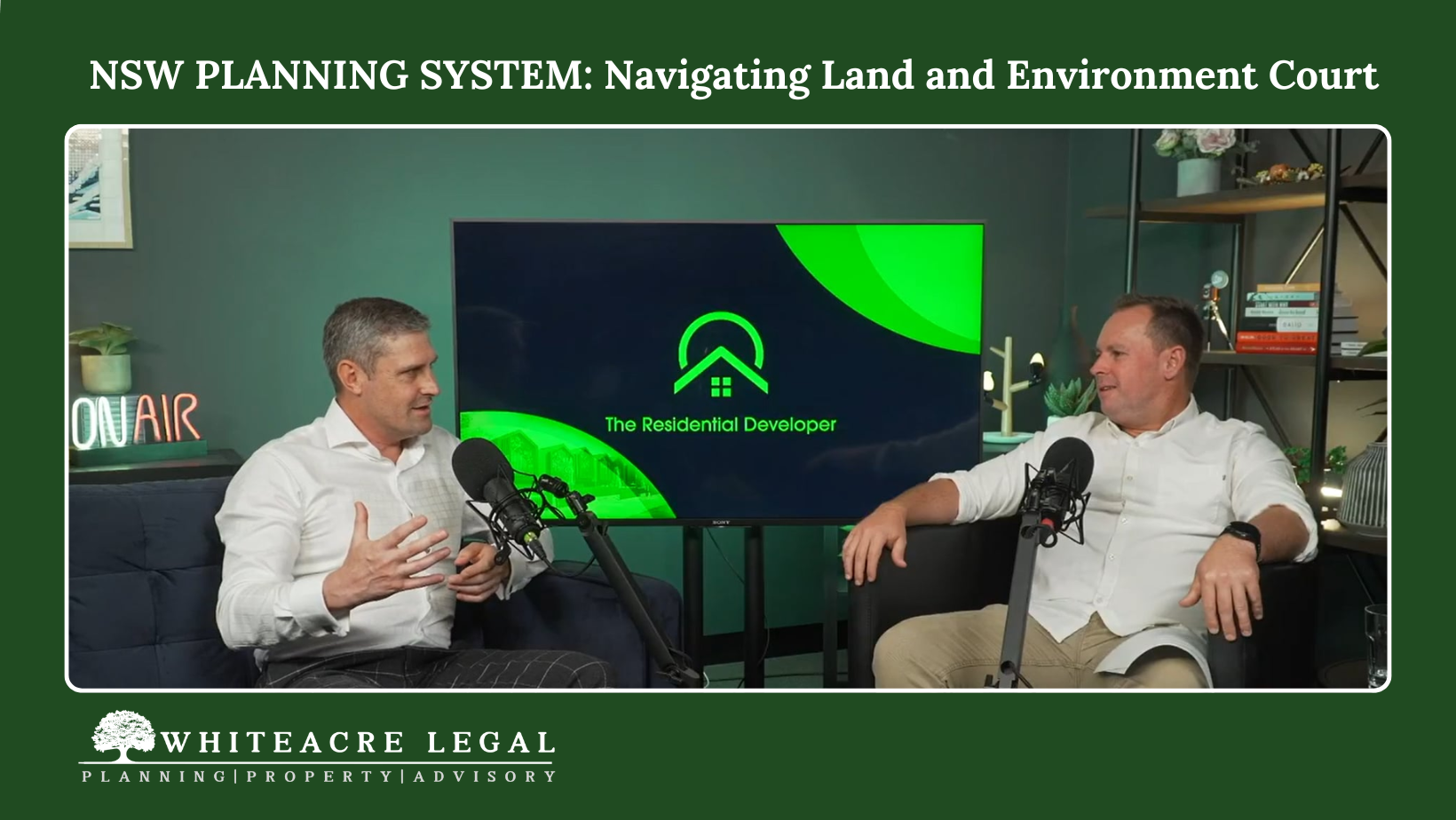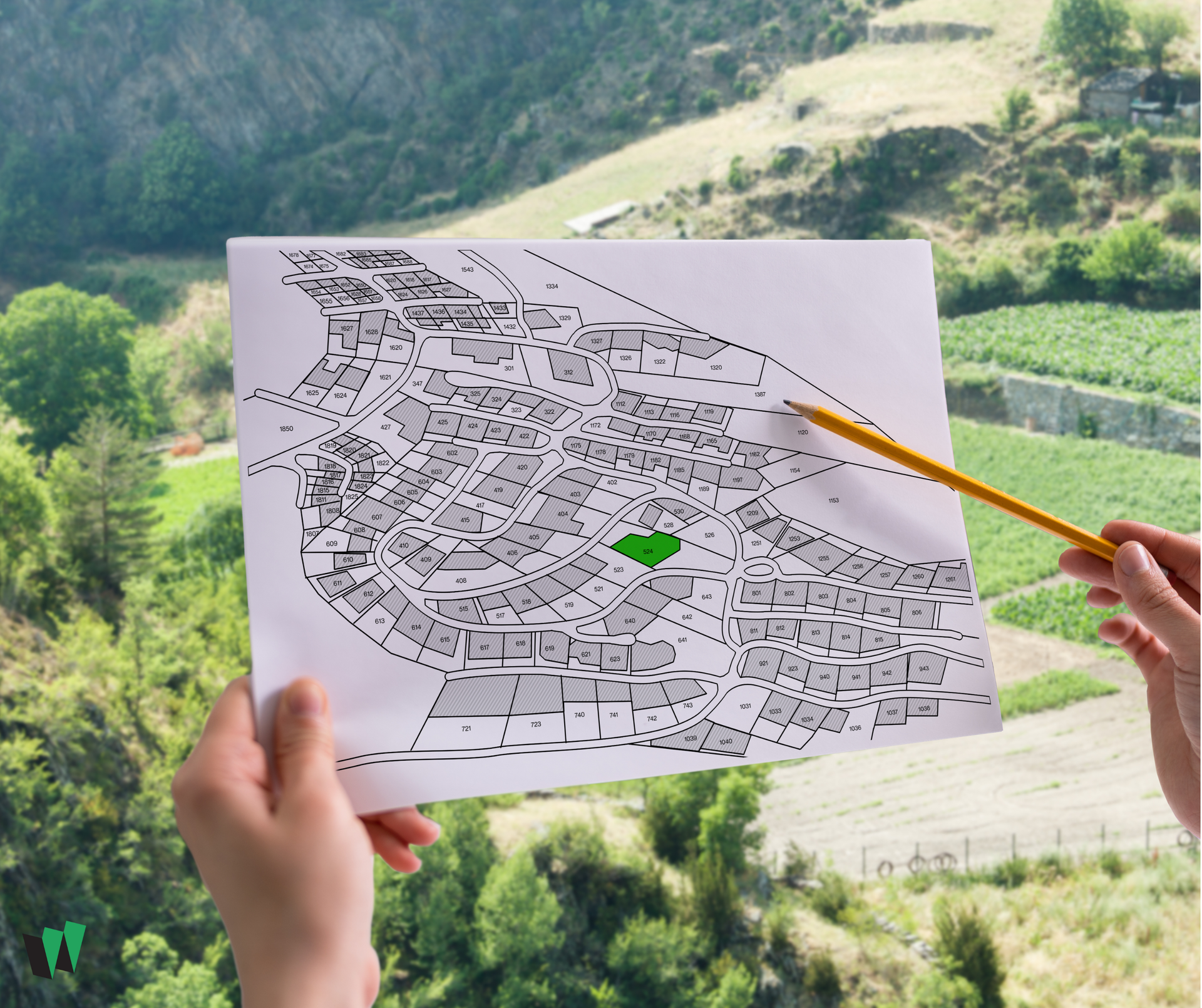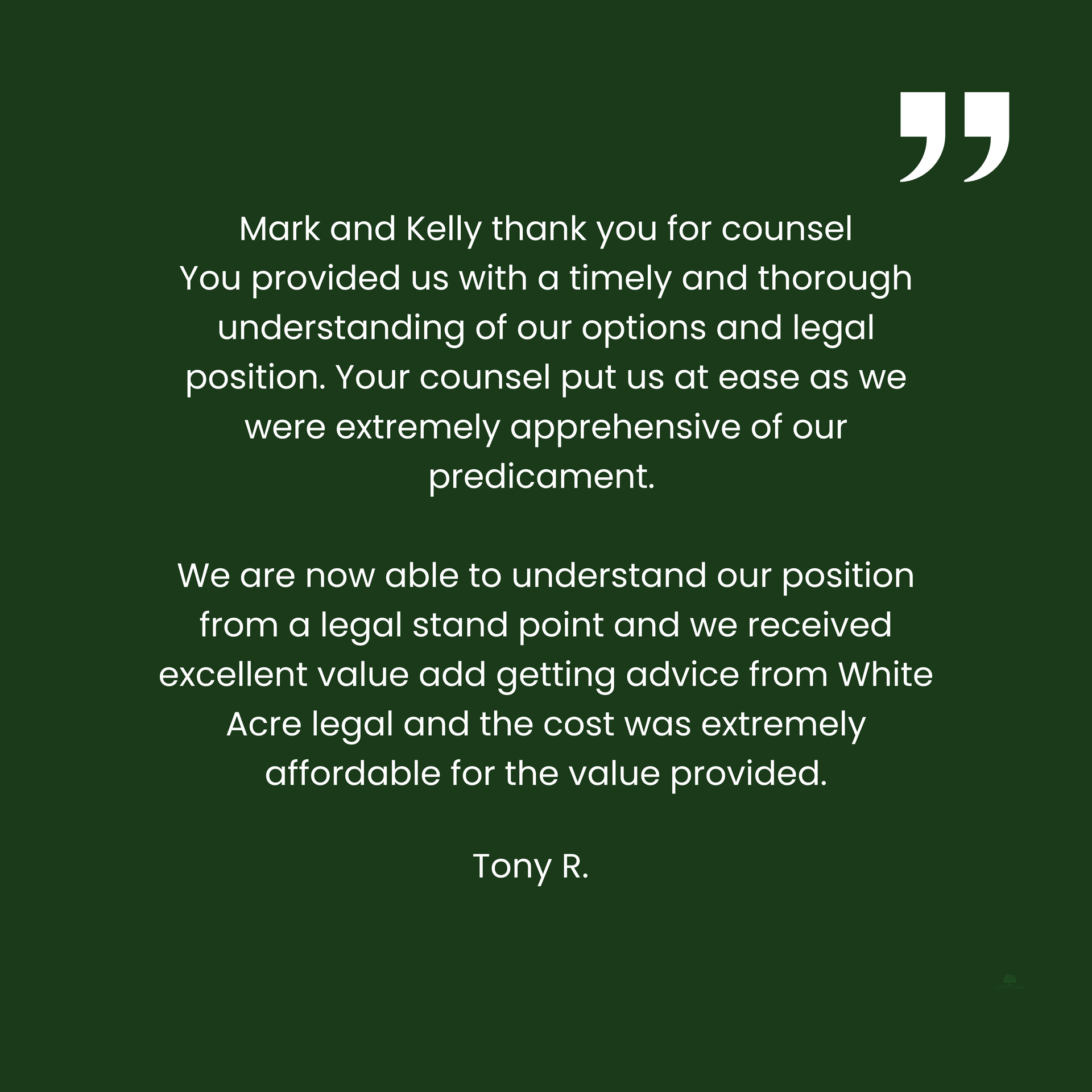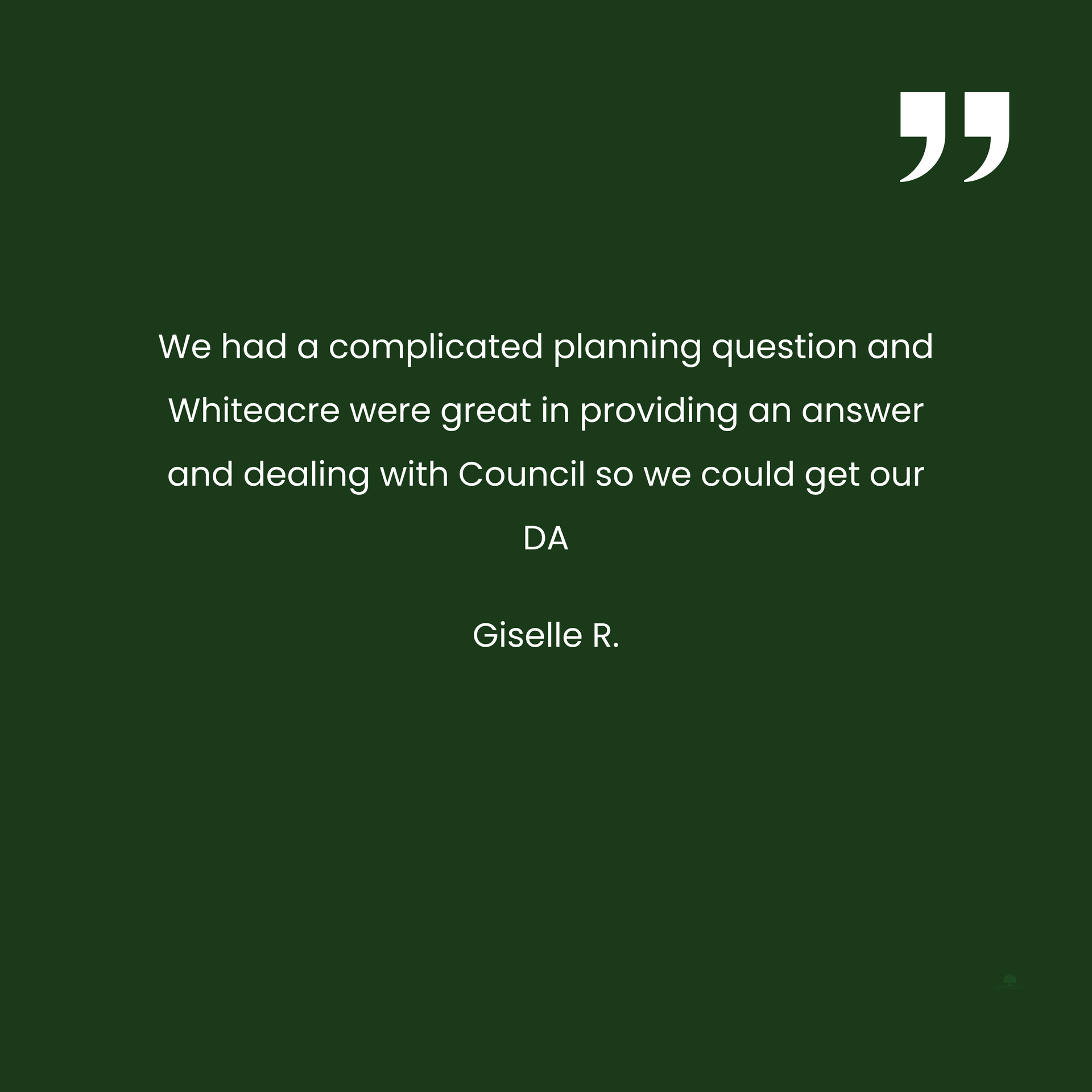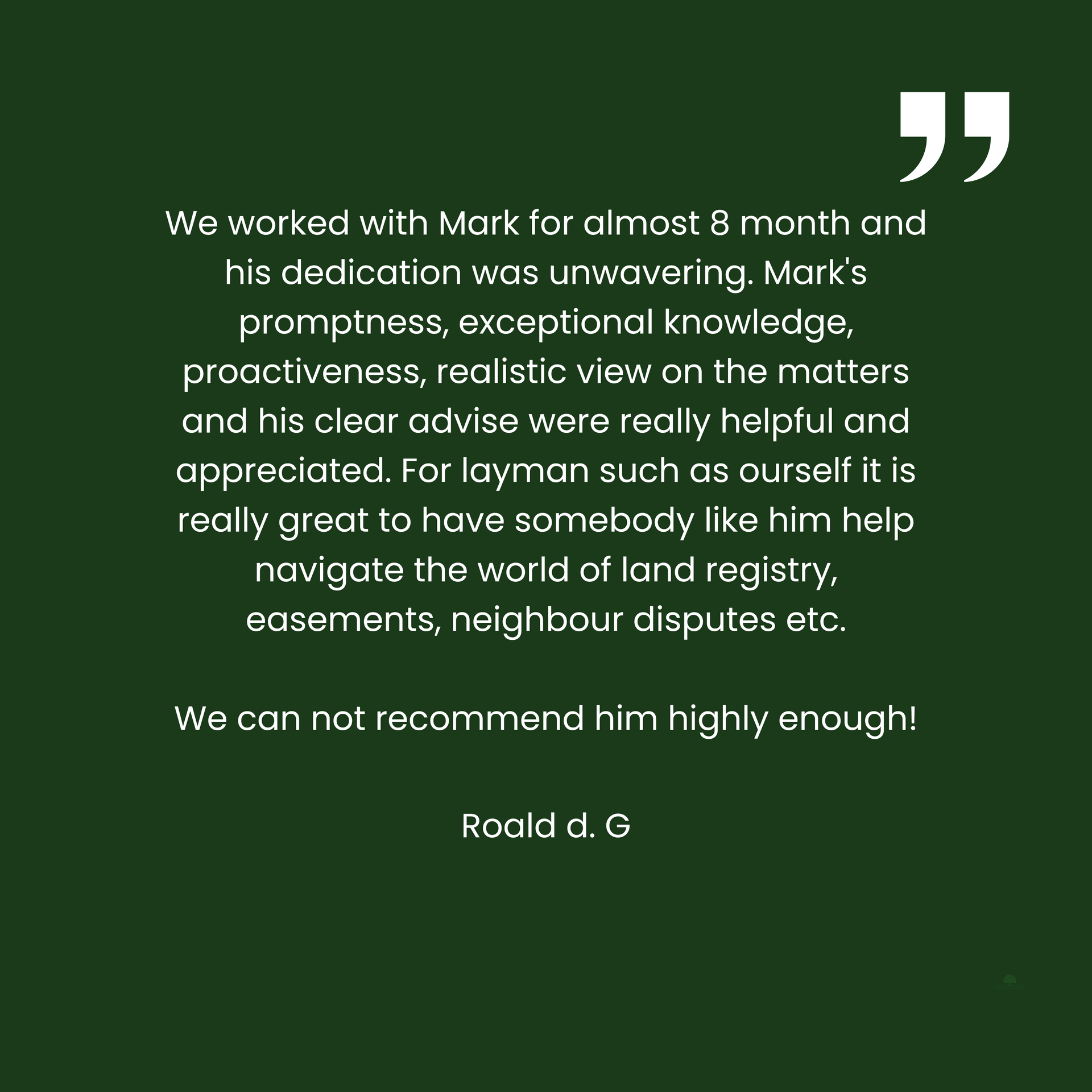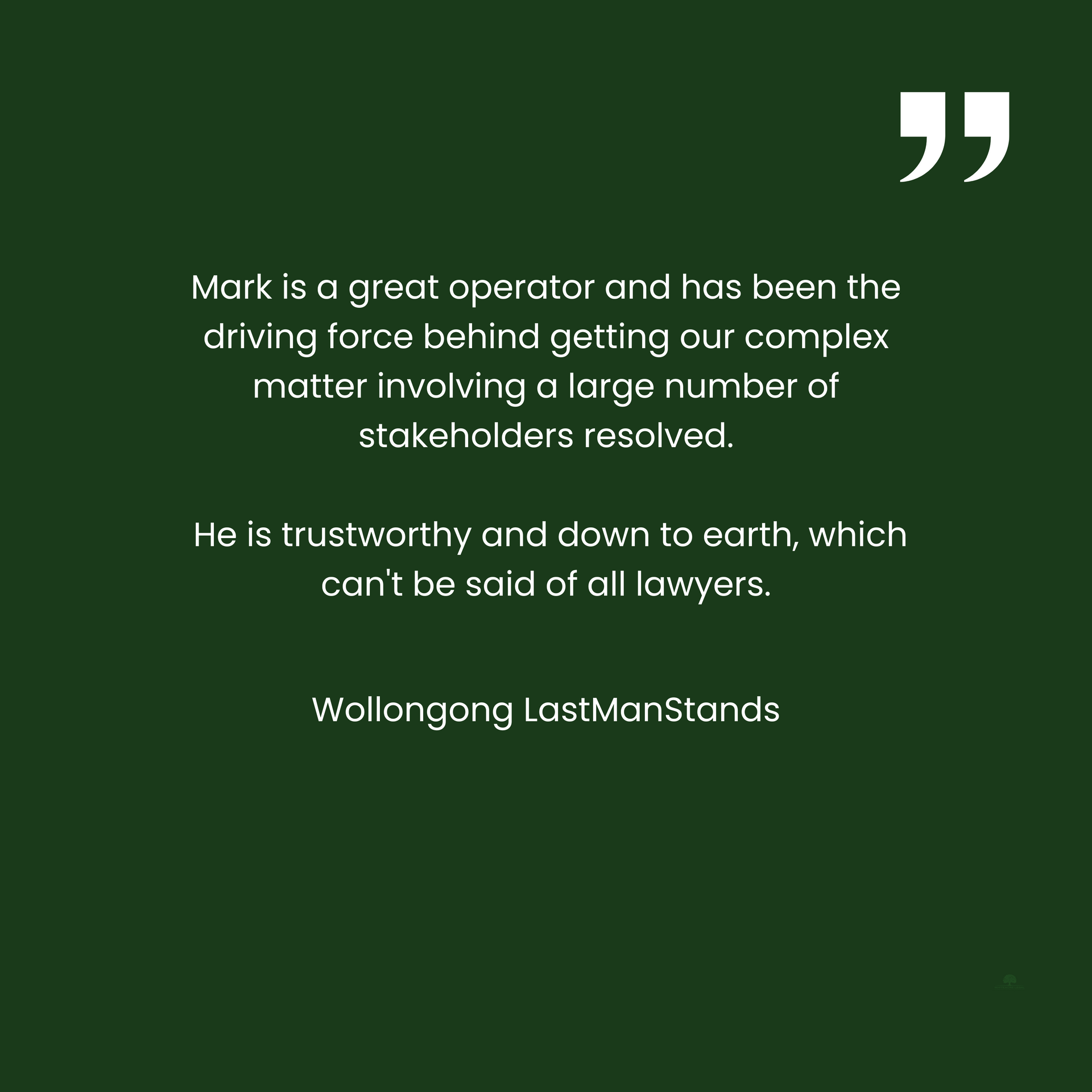Not in my backyard! The role (and limits) of community submissions to proposed development
This article explores the role of public participation in NSW planning and the appropriate weight that ought to be given to community submissions in the evaluation of the merits of a development proposal.
Introduction
Meaningful community involvement can be beneficial in the development assessment process. Public participation in the process carries with it a responsibility not to abuse that right, nor to place self-interest above the broader interests of the community.
Public participation in environmental planning and assessment is enshrined in the objects of the Environmental Planning and Assessment Act 1979 (EPA Act) in section 1.3(j):
1.3 Objects of Act
(cf previous s 5)
The objects of this Act are as follows—
…
(j) to provide increased opportunity for community participation in environmental planning and assessment.
Zooming out, it becomes obvious that community participation is only one of a number of objects of the EPA Act. For example, other notable objects are to facilitate ecologically sustainable development, to promote the orderly and economic use and development of land and to promote the delivery and maintenance of affordable housing.
1.3 Objects of Act
The objects of this Act are as follows—
…
(b) to facilitate ecologically sustainable development by integrating relevant economic, environmental and social considerations in decision-making about environmental planning and assessment,
(c) to promote the orderly and economic use and development of land,
(d) to promote the delivery and maintenance of affordable housing,
…
(g) to promote good design and amenity of the built environment,
(h) to promote the proper construction and maintenance of buildings, including the protection of the health and safety of their occupants,
Unfortunately, as Council planning staff will be all too aware, the privilege of community participation can, on occasion, be abused. In the past, we have advocated for construction of boarding houses for the homeless that were bitterly opposed by neighbourhood community groups. “Laudable objectives, just don’t build it in our neighbourhood”. We have also fought for the upgrading of small supermarkets in towns crying out for infrastructure against small, vocal minority groups. We have personally witnessed 300+ page submissions by neighbours objecting to the construction of a granny flat in a backyard. Obviously, there is a role for community consultation and ill-considered development should be exposed. However, public participation must have its limits and public submissions must not be afforded undue weight in the assessment process.
The role of community submissions in the development process
A consent authority is to consider the matters set out in s 4.15 of the EPA Act as are of relevance to the proposed development. As seen below, public submissions are but one of many other considerations Council is to take into account.
4.15 Evaluation
(cf previous s 79C)
(1) Matters for consideration—general In determining a development application, a consent authority is to take into consideration such of the following matters as are of relevance to the development the subject of the development application—
(a) the provisions of—
(i) any environmental planning instrument, and
(ii) any proposed instrument that is or has been the subject of public consultation under this Act and that has been notified to the consent authority (unless the Planning Secretary has notified the consent authority that the making of the proposed instrument has been deferred indefinitely or has not been approved), and
(iii) any development control plan, and
(iiia) any planning agreement that has been entered into under section 7.4, or any draft planning agreement that a developer has offered to enter into under section 7.4, and
(iv) the regulations (to the extent that they prescribe matters for the purposes of this paragraph),
(v) (Repealed)
that apply to the land to which the development application relates,
(b) the likely impacts of that development, including environmental impacts on both the natural and built environments, and social and economic impacts in the locality,
(c) the suitability of the site for the development,
(d) any submissions made in accordance with this Act or the regulations,
(e) the public interest.
[our emphasis]
Public submissions should not be afforded undue weight in the evaluation of a development application and public participation should not be viewed as being adversarial.
In Morrison Design Partnership Pty Ltd v North Sydney Council [2007] NSWLEC 802 the Chief Justice of the Land and Environment Court (Preston CJ - speaking in the context of application for joinder to proceedings) stated clearly at [50] – [54] that the purpose of giving the public an opportunity to make submissions has its limits.
“50 To some extent, the application of the Owners Corporation misunderstands the purpose of public consultation and public participation. Meaningful community involvement can, of course, be beneficial in the development assessment process. It can provide members of the community with an understanding of what is happening in their area and how the proposed development may impact particularly on their interests; enable members of the community to participate by making submissions to the consent authority; inform the consent authority; and improve planning decisions.
51 Community consultation and public participation should not be viewed as being adversarial. The community and affected persons have no entitlement to be an adversary to the applicant for development consent in a contest as to whether or not development consent should be granted.
52 Community consultation and public participation under the
Environmental Planning and Assessment Act
are not intended to give the community or affected persons who object to development any entitlement to veto development. The planning scheme established by the
Environmental Planning and Assessment Act vests in the relevant consent authority, and on an appeal this Court exercising the functions of the consent authority, the tasks of determining the matters of relevance to the development application; taking those matters into consideration as well as any submissions made in response to the consultation process; according weight to the matters as is considered appropriate; and reaching a merit determination.
…
54 The process of community consultation and public participation should also not be seen as an end in itself or as being more important than the ultimate merit outcome of a determination by a consent authority. The process of the community and affected persons being heard and making submissions is important, but there must be a limit to how long and detailed that process should be ... “
Conclusion
At the risk of repetition, the NSW Land and Environment Court has been clear that:
1. The process of community consultation and public participation is important, but there must be a limit to how long and detailed that process should be.
2. The community and affected persons have no entitlement to be an adversary to the applicant for development consent in a contest as to whether or not development consent should be granted.
3. The planning scheme established by the EPA Act vests in Council the task of determining the matters of relevance to the development application; taking those matters into consideration as well as any submissions made in response to the consultation process; according weight to the matters as is considered appropriate; and making a determination based on the merits of the proposal.
Recent decisions in the NSW Land and Environment Court and Court of Appeal provide a clear signal from the judiciary that public consultation and participation in the assessment process is only one of many factors a decision maker is to take into account. Further, once development consent is granted to a proponent, absent clear jurisdictional error, that person is entitled to rely on the consent and not be subjected to ongoing and expensive litigation.
Require further assistance? please do not hesitate to call us on (02) 9145 0900 or make an enquiry below.
Browse by categories

Servicing all of NSW, Whiteacre provides expert property law and planning and environment law advice and assistance.
✓ Planning Law Advice
✓ Land and Environment Court Appeals
✓ Voluntary Planning Agreements and Contributions
✓ Development Control Orders and Enforcement
✓ Property Development Advice and Due Diligence
✓ Title Structuring
✓ Easements and Covenants
✓
Strata and Community Title legislation
Book an initial consultation through our website with our planning law solicitor. Whether it's about planning and environment law or property law, you can approach us and discuss your matter to make sure we are a good fit for your requirements.

